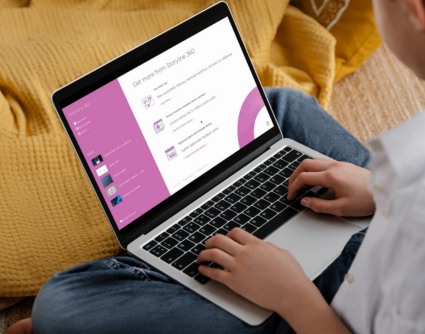Digital E-learning: How to Transform Your Pedagogical Approach?
Digital E-learning is revolutionizing the world of education. With the rapid evolution of technology, this modern pedagogical approach is increasingly becoming a necessity. It allows learning to be tailored to the needs of learners while offering unprecedented flexibility. Why adopt digital learning ? What benefits can it bring to your teaching practice? This article explores how digital E-learning can transform the way you teach
Digital learning, through the E-Designer online training program, offers innovative solutions to make education more accessible and interactive. Whether you’re a teacher, trainer, or business leader, integrating digital teaching tools into your learning programs can dramatically improve outcomes.
In this article, we’ll take a closer look at the benefits of digital learning. You’ll also discover how to implement this approach to enhance the learning experience of your students or team members.
The Benefits of Digital Learning:
Digital learning offers many advantages that surpass those of traditional teaching methods. One of the most significant is personalized learning. Thanks to digital educational tools, it is possible to adapt content and teaching methods to the specific needs of each learner. This not only improves understanding but also helps maintain a high level of engagement.
In addition, digital learning brings considerable flexibility. Learners can access educational resources whenever and wherever they want. This flexibility is especially beneficial for individuals with time constraints or professional responsibilities. Moreover, online learning removes geographical barriers, making education accessible to a global audience.
Another major advantage of digital learning is the ability to measure and analyze learner performance in real time. Through dedicated platforms, instructors can track student progress and adjust content accordingly. This data-driven approach ensures greater pedagogical effectiveness.
How to Integrate Digital Learning into Your Teaching Practice
To effectively integrate digital learning into your teaching practices, it’s essential to start with thorough planning. Identify your learners’ needs and select digital educational tools that are well-suited to those needs. For example, if your goal is to boost interactivity, choose platforms that offer features such as quizzes, discussion forums, or virtual classrooms.
It’s also crucial to train teachers and instructors in the use of these technologies. A good trainer must not only master digital tools but also know how to use them to enhance engagement and facilitate learning. Lastly, don’t forget to regularly evaluate the impact of your digital learning program. Use the data collected to continuously refine and improve your pedagogical approach.
Conclusion
Digital learning is not just a passing trend—it’s a true educational revolution. By adopting this approach, you can not only enhance the quality of learning but also provide a more flexible and personalized experience for your students or team members. Digital learning and online training are valuable assets for any organization looking to remain competitive in a constantly evolving world.
1. What are the main benefits of digital learning?
Digital learning allows for personalized learning, offers great flexibility, and facilitates real-time tracking of learner performance.
2. How to Choose the Right Digital Educational Tools ?
Choose tools that meet the specific needs of your learners, focusing on interactivity and engagement.
3. What are the key steps to integrate digital learning into an educational structure ?
Start with thorough planning, train your educators, and regularly assess the effectiveness of the implemented program.



























